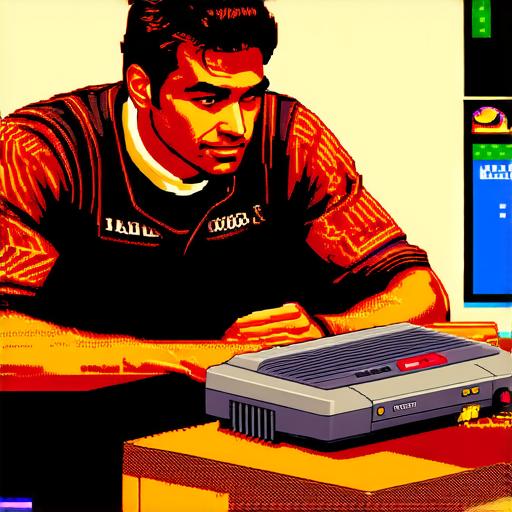Introduction:
The year 1983 is often remembered as a dark time in the history of the video game industry. This was the year when the North American video game market experienced a significant crash, which resulted in the failure of many major companies and a decline in the popularity of gaming for several years. In this article, we will explore the causes of the crash and examine the lessons that can be learned from it.
What Happened?
The video game market crash of 1983 was a sudden and unexpected event that affected both hardware and software manufacturers. The crash began in North America and quickly spread to Europe and other parts of the world. At its peak, the market experienced a decline in sales of up to 90%, with many major companies going bankrupt or experiencing significant financial difficulties.
One of the main causes of the crash was the oversaturation of the market with low-quality games. In the early days of video game development, there were relatively few games available, and each one was often highly anticipated by gamers. However, as technology advanced and more companies entered the industry, the number of games increased rapidly, leading to a glut in the market. This resulted in many games being released that were poorly designed, with poor graphics, uninteresting gameplay, and lack of innovation.

Another factor that contributed to the crash was the failure of many companies to adapt to changing consumer preferences. As technology advanced, gamers began to demand more complex and challenging games. However, many companies continued to produce simple, repetitive games that failed to meet these demands. This led to a decline in sales and revenue, as gamers became increasingly disillusioned with the quality of the games available.
A third factor was the rise of home video game consoles, which offered a more affordable and convenient way for consumers to play games. In the early days of video game development, most games were available only on expensive computer systems, limiting their appeal to a small number of dedicated enthusiasts. However, with the advent of home consoles like the Atari 2600 and Nintendo Entertainment System (NES), gaming became much more accessible to the general public, leading to a rapid increase in demand for games.
Lessons Learned:
The video game market crash of 1983 was a painful lesson for the video game industry, which has since taken steps to avoid similar mistakes in the future. One important lesson was the need for quality control measures to ensure that games are well-designed and meet consumer expectations. This led to the development of certification programs and rating systems, such as the Entertainment Software Rating Board (ESRB), which help consumers make informed purchasing decisions based on game content and quality.
Another important lesson was the need for companies to adapt to changing consumer preferences and technology. This led to a greater focus on research and development, as well as the use of new technologies and platforms to create more innovative and engaging games. Today, the video game industry is a multi-billion dollar business, with a diverse range of products and services that cater to a wide variety of consumers.
Summary:
The video game market crash of 1983 was a pivotal moment in the history of the video game industry. It was a time when the industry faced significant challenges and learned valuable lessons about the importance of quality control, innovation, and adaptation to changing consumer preferences. Today, the video game industry continues to thrive, with new technologies, platforms, and products being developed all the time. By learning from the mistakes of the past, the industry has been able to create a more sustainable and dynamic business model that continues to engage and entertain millions of consumers around the world.




